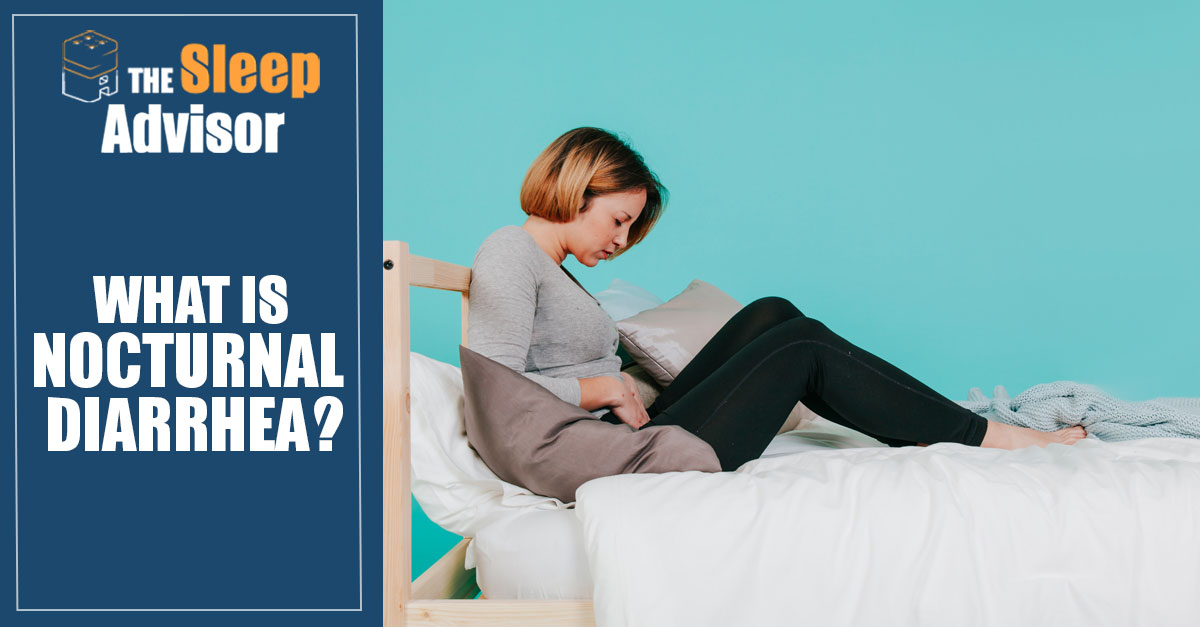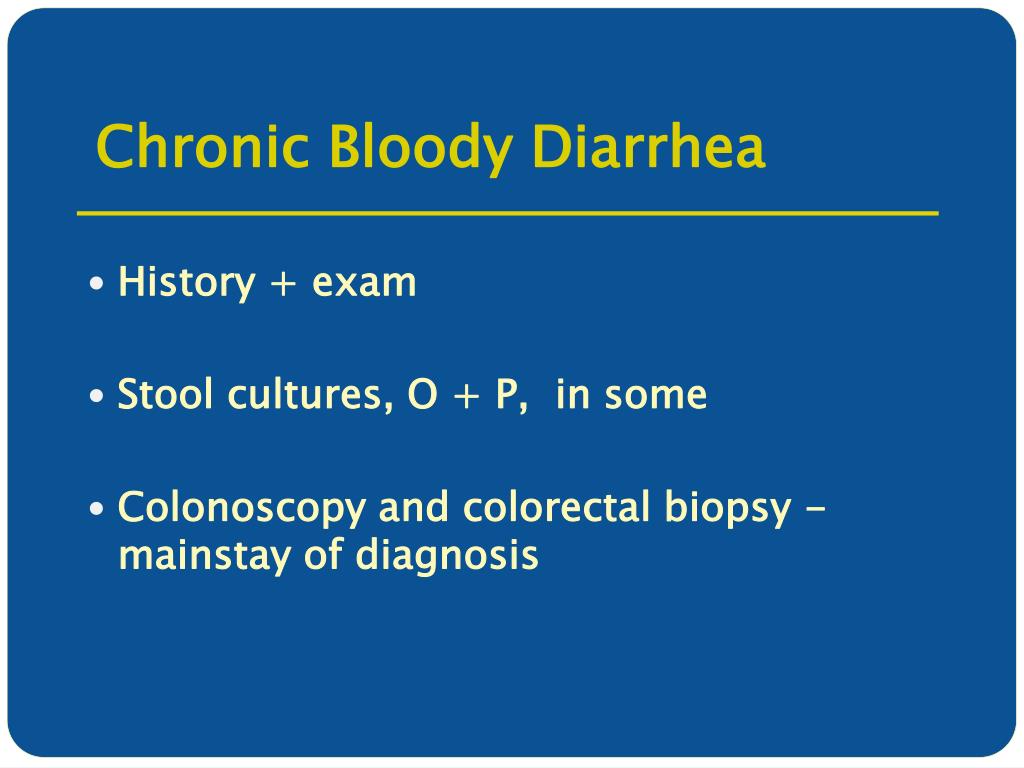

- #NOCTURNAL DIARRHEA INSTALL#
- #NOCTURNAL DIARRHEA SERIAL#
- #NOCTURNAL DIARRHEA UPDATE#
- #NOCTURNAL DIARRHEA DOWNLOAD#
Turn off the power to the board, connect the GPIO0 pin to a common wire, turn on the power.Ĥ.
#NOCTURNAL DIARRHEA DOWNLOAD#
Download the firmware ESP_8266_v0.9.2.2 AT Firmware.bin from hereģ.
#NOCTURNAL DIARRHEA UPDATE#
Now you can and need to update the firmware:ġ. We enter the AT + GMR command - checking the AT and SDK versions, in response it gives 0016000902, where 0016 is the SDK version, 0901 is the AT versionĬurrently () firmware 0018000902 is already available (SDK version - 0018, AT version - 0902)

If so, then the board works, you can move on.
#NOCTURNAL DIARRHEA INSTALL#
It is necessary to install this speed, because if the ESP8266 chip has old firmware (but most likely it is), then it will work only at that port speed.Ĭlick Connect, enter the AT command, OK should be returned. In the terminal (CoolTerm) we set the speed of the COM port 57600. URXD, UTXD conclusions - connect to the USB-to-RS232 converter (in 3.3V mode)ĬH_PD output - connect to the board power supply (+ 3.3V) 1, that is, control the ESP-01 board through RS232. Naturally, the 2nd option is more profitable, especially since the potential of the ESP8266 chip is quite large. Write your own firmware for the ESP8266 chip and use it as a self-contained device. Using the ESP-01 board in conjunction with an additional microcontroller that will control the module via UART.Ģ. There are 2 options for using the module:ġ.

With basic firmware, the ESP-01 board is controlled by AT commands, so we need a terminal program, I used CoolTerm.

ĮSP-01 power supply needs strictly 3.3V, so I had to use a DC-DC converter, you can use this one. To connect the ESP-01 board to a PC, I used a USB-to-RS232 converter on the FT232R with TTL 3.3V outputs, for example, this can be used. To switch to the firmware update mode, you need to apply a low level to GPIO0 and a high level to CH_PD. Pins CH_PD - Chip enable, must be connected to + 3.3V for operation. URXD, UTXD - RS232 pins are tolerant to 3.3V Purpose of the outputs of the ESP-01 board is: ĮSP-10: SMD interface, narrow-body design, 10 mm wide, suitable for light with controller.ĮSP-11: SMD interface, ceramic antenna, small volume.
#NOCTURNAL DIARRHEA SERIAL#
In total, there are 11 modifications of the boards, differing in the number of pins and version:ĮSP-01: PCB antenna, after matching the distance to do about the open 400 meters, easy to use.ĮSP-02: SMD package for submission limit, the antenna can be drawn with the IPX header casing.ĮSP-03: SMD package, the built-in ceramic antenna technology, all available IO leads.ĮSP-04: SMD package, customers can customize the antenna types, flexible design, all the IO leads.ĮSP-05: SMD package, only leads to serial and RST pin, small external antenna.ĮSP-06: bottom mount technology, leads all the IO ports, with metal shielding shell, can be had FCC CEcertification, recommended.ĮSP-07: Semi-hole chip technology, all the IO leads, with metal shielding shell, can be had FCC CE certified IPX external antenna, can also be built-in ceramic antenna.ĮSP-08: with the ESP-07, except that the antenna is in the form of customers can define their own.ĮSP-09: Ultra-small size package, only 10 * 10 mm, four-layer board technology 1M bytes!. The latest revision added RST, GPIO0, GPIO2, and CH_PD. In the old board revision, only VCC, GND, URXD and UTXD were plugged into the connector. I ordered the simplest board with ESP8266 - ESP-01, it looks like this: Not so long ago I received an ESP-01 board for testing. On Habré there were already a couple of articles about the ESP8266 chip of the Chinese company Espressif.


 0 kommentar(er)
0 kommentar(er)
